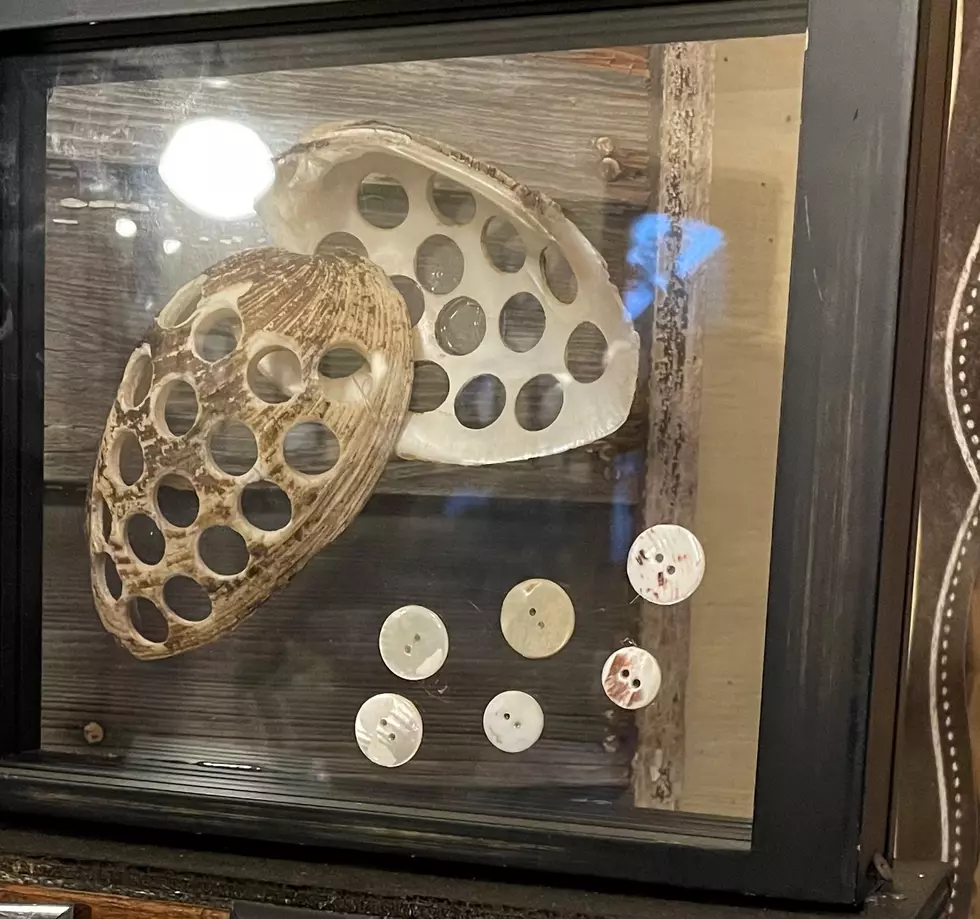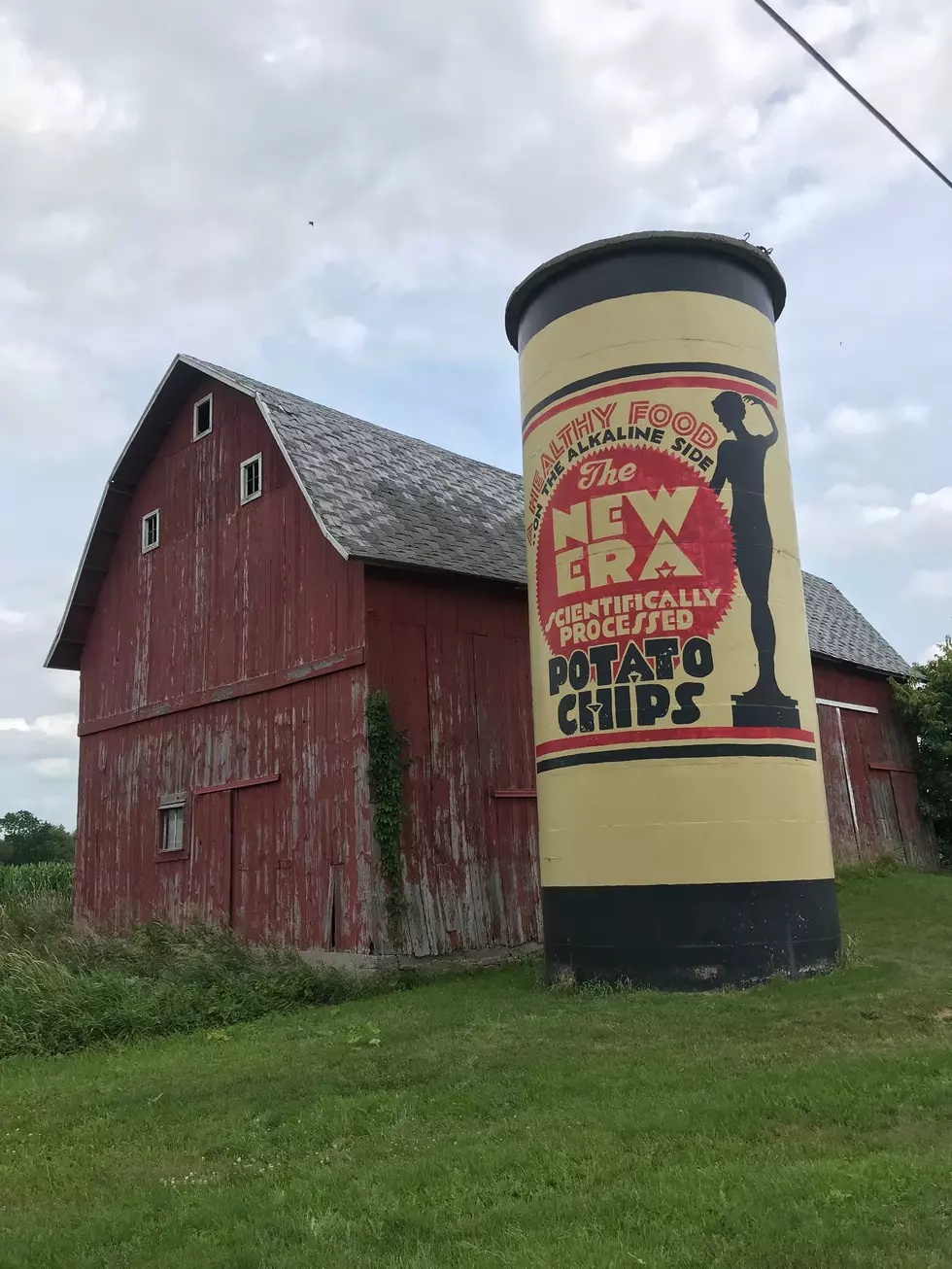
Did You Know: Michigan Once Had a Booming Pearl Button Industry?
Well, I just learned something new! I was recently visiting the historical village at the Allegan County Fairgrounds and wouldn't you know, I actually learned something while exploring the one-room Jewitt schoolhouse:
Did you have any idea Michigan once had a booming mother-of-pearl button industry?

I'm sure you've seen the small shiny iridescent buttons more times that you can count, but I never thought much about how they actually made them. When I saw the historic display in the schoolhouse I was surprised to learn the answer was so simple: freshwater clams.
Clams vs. Mussels
Technically freshwater clams are mussels, but the two are used interchangeably in the pearl-button industry. According to documents from the Historical Society of Michigan, of the 45 mussel species in Michigan, only 12 species have shells which are usable for button making.
Mussels in Michigan
Forget the auto industry and "furniture city", in Michigan the early 20th century was all about "clamming"! Grand Rapids man Martin D. Morris is credited with kickstarting the clamming industry in west Michigan. Morris had heard of the successes other "clammers" had experienced with mussels from the Mississippi River and brought mussels from the Grand River to have them inspected by an industry expert. This expert claimed the mussels from Michigan were "exactly as good as Mississippi clams". That's all Morris needed to hear!
In 1907 Morris' Michigan Pearl Button Company was formed. Depending on the size of the shell, up to 20 button blanks could be produced per shell. Once the larger buttons were punched out of the shell, it was then passed on to the next worker who would punch smaller buttons out of the remaining material.
Michigan Clammers
When I say the industry was booming, I mean booming! According to the Michigan Historical Society by 1930 nearly 2,460 clamming licenses had been issued by the state. Entire families would come from across the U.S. to set up camp along places like the Grand and Muskegon Rivers and stay there all summer long catching mussels, often up to several hundred pounds per day.
Going rate of mussels varied from year to year, but clammers could earn between $35 to $100 per ton. Some clammers could make up to $1000 per season-- not too shabby!
End of an Era
Unfortunately, all good things must come to an end. By 1925, after years of non-stop harvesting and an increase in industrial pollution, the Michigan mussel population began to disappear. The Michigan Conservation Department even attempted to establish protections for the mussels and a 5-year moratorium on mussel harvesting began in 1944. By the time the moratorium was over plastic buttons had taken over the industry and clamming had concluded.
Be honest-- have you ever given one thought to where your buttons ever came from? What a neat piece of lesser known Michigan history!
11 Surprising Artists You May Have Forgotten Played the Allegan County Fair
Kalamazoo's Historic Woods- Upjohn House on the Market
More From WBCKFM









